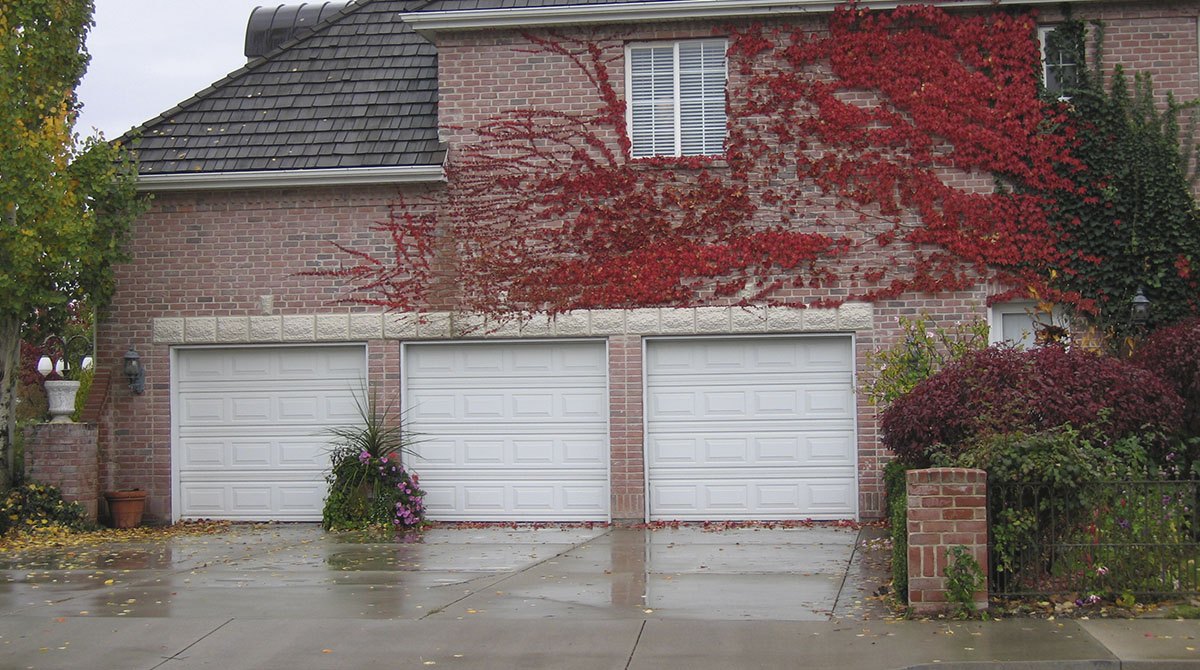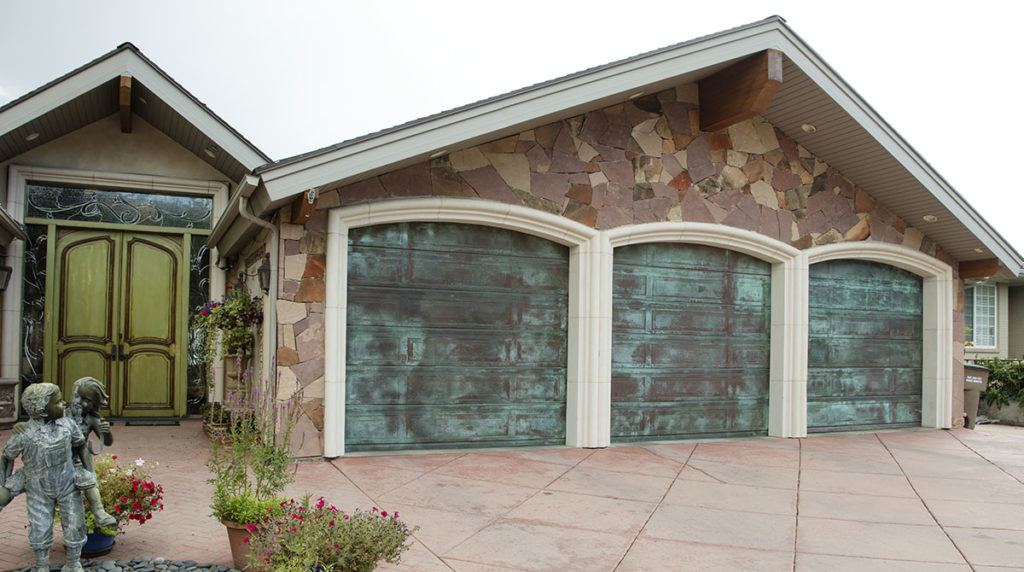
When a storm rolls through and brings a lot of rain, your house may be susceptible to water damage or flooding. The most vulnerable places that can experience water damage during heavy rain are your garage door and the inside of your garage.
Your garage door is the main protective barrier that keeps the items inside of your garage safe from the outdoor elements. If your garage door succumbs to water damage, it can impact the door’s integrity and potentially affect the belongings you store in the garage.
At Best Overhead Door, LLC, our experts know how to help you choose and install your doors, repair them and most importantly, protect them from heavy rain.
Why Is Water Coming Into Your Garage?
There are a few reasons water might be finding its way into your garage. It could be something as simple as the ground outside sloping toward your garage instead of away from it, or gutters that are clogged and overflowing. If the rubber seal at the bottom of your door is cracked or worn out, that can let water in, too.
Sometimes, small cracks in the concrete floor or walls give water an easy path inside, especially after heavy rain. If your garage door doesn’t close evenly or sit flat against the floor, that can leave just enough of a gap for water to come through. In some cases, it might even be due to a high water table or flooding in your area. A quick inspection or consultation with a professional can help you pinpoint the problem and stop water before it causes damage.
How to Stop Water From Coming Under Your Garage Door
If you don’t take the necessary steps to prepare your garage door for heavy rain and flooding, your door may experience damage or the inside of your garage may flood.
Take the best care of your garage door so it can last longer and protect the inside of your garage. Follow these helpful tips to prevent heavy rain damage to your garage door:
1. Replace Worn-Out Weatherstripping
You can weatherproof your garage door and the items inside your garage by replacing the weatherstripping on your garage door. People use weatherstripping on many outside entry points to prevent rain, snow and other outdoor elements from entering. The strip will make a secure seal on the bottom and sides of your garage door and prevent heavy rain from leaking inside.
If you have a newer garage door, ensure the weatherstripping is intact with no tears or rips. No worries if this all seems a little overwhelming. Best Overhead Door, LLC, can send a technician to take a look, as we provide many garage door services.
2. Test Your Garage Door’s Function
If a storm is coming your way and you know you’ll get a few inches of rain, make sure your garage door works properly. If you try to close your garage door before a big storm and the door is not working, the inside of your garage and all of your belongings can become soaked.
Start by testing its ability to open and close. Clean off the sensors and move any objects that might get in the way of the garage door closing. If something is off, you know to contact a technician to diagnose the problem and get your garage door back up and running.
With preventive maintenance services, you can avoid these issues and identify any problems with your garage door before they get worse.
3. Look at the Quality of Your Garage Door

Look for any cracks or holes in your garage door that could let in water from a storm. The place you should pay extra attention to is the bottom of your garage door. If the panel has a crack or is warped and doesn’t align with the ground, rainwater can enter your garage. Our professional garage door technicians will show you how to seal the bottom of your garage door.
4. Add a Trench Drain
If the water flows toward your garage door, a bad rainstorm can quickly overwhelm your garage door with water. Installing a trench drain can help draw rainwater away from your garage and decrease the chance of it flooding or taking on too much water.
5. Clean Your Gutters
If you have rain gutters above your garage, check if you need to clean them out. You want water to flow away from your garage instead of falling down right on top of the garage door. If you don’t have gutters above your garage door, consider installing them to protect it.
6. Check the Water Path From Your Garage Door
Does the water flow away from or toward your garage door when it rains outside? If it runs toward the garage, make sure you have weatherstripping installed on the bottom or a trench drain to divert the water.
What to Do If Your Garage Door Gets Damaged or Flooded
If your garage door is experiencing flooding or water damage, here are the main actions to take:
- Clean up the water immediately to stop further damage.
- Start working on repairing the damage or contact a garage door service technician right away.
- Consider replacing your garage door if the damage is extreme.
Contact Best Overhead Door for Garage Door Service and Installation
When you need garage door service, you need help from the team at Best Overhead Door. We provide excellent maintenance, replacements and repairs and information on the best garage doors for residents in Washington and Oregon. If your garage door has water damage from a bad rainstorm or you want routine maintenance on your door, contact the experts at Best Overhead Door to schedule service. We offer 24/7 emergency service, so call us at 503-707-0848.
FAQ’s
How do you stop water from coming under your garage door?
If water keeps entering from under your garage door, there are a few things you can do to keep it out. Installing a threshold for your garage door is a simple way to block out rainwater, leaves and pests while creating a tighter seal at the bottom. For bigger issues like frequent flooding, you might consider having a professional check for cracks in the floor or foundation that need sealing.
What is the difference between weatherstripping, a trench drain, a rain deflector and threshold seals?
Weatherstripping is the flexible rubber or vinyl strip attached to the bottom of your garage door. It helps seal the gap between the door and the floor to block water, dirt and pests. Threshold seals are like a rubber bump or ramp that you can attach directly to the garage floor, just behind the door. When the door closes, it presses against the threshold to create a tighter seal.
Rain deflectors are small, sloped barriers installed outside the garage, just in front of the door. They’re designed to redirect water away from the entrance, especially during heavy downpours. Trench drains are long, narrow drains installed in the concrete in front of your garage door. They collect and carry away water before it reaches your garage.
How do you improve drainage to prevent rain from coming into your garage?
If rain keeps sneaking into your garage, it might be time to take a closer look at how water flows around your home. If water tends to collect right in front of your garage, a trench drain might be a good fix. It’s a narrow drain that sits just outside the door and catches rainwater before it can get inside. For areas with frequent runoff or soggy spots, a French drain can help move excess water away from your foundation.
